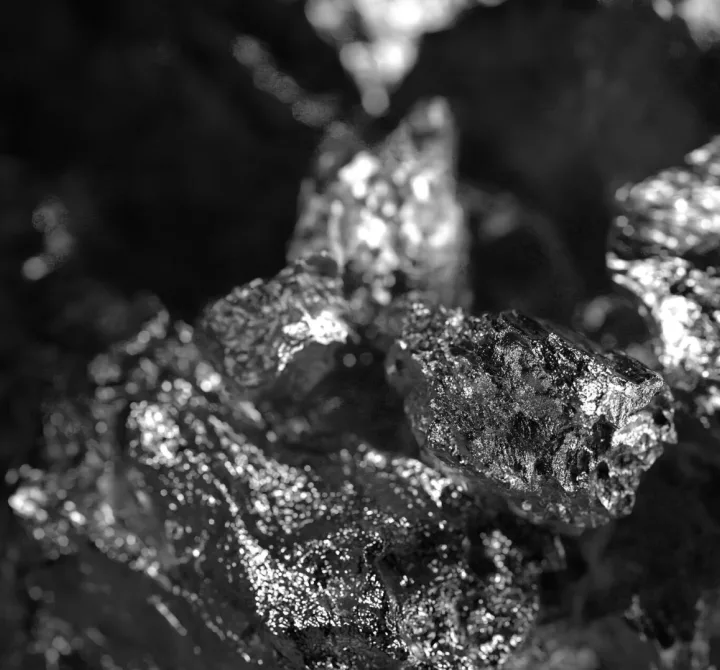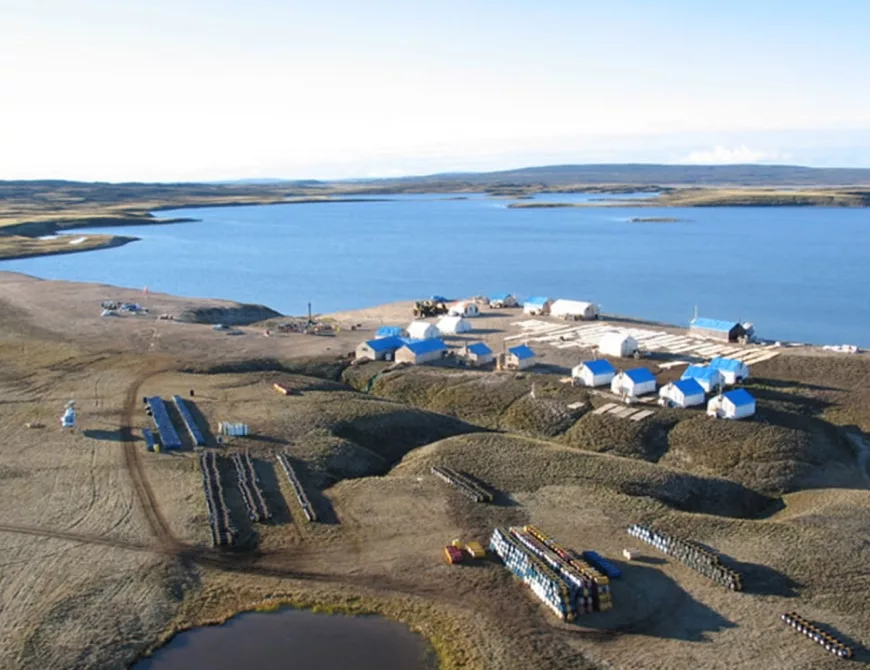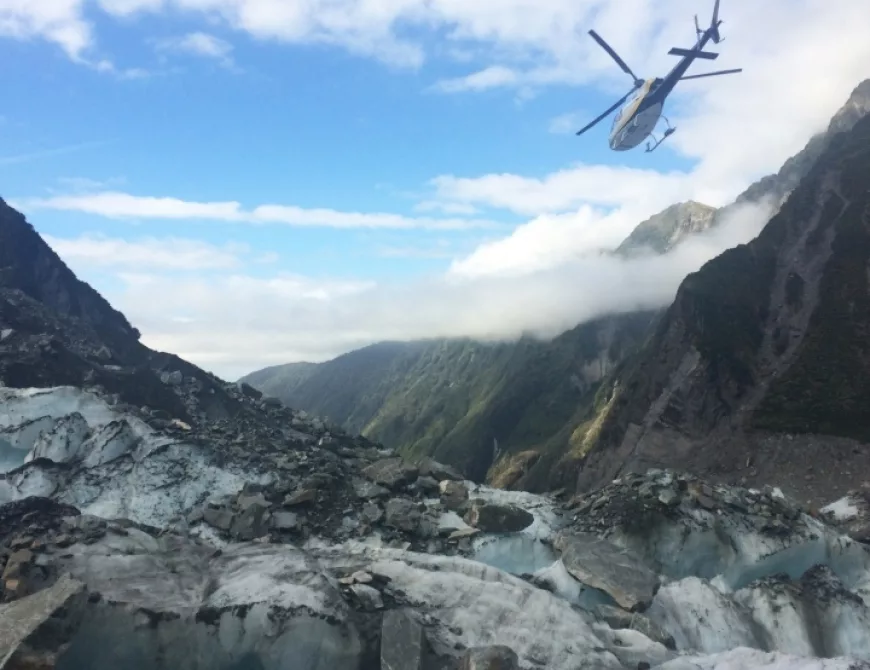

Geoscience & Land Access
undertakes a variety of advocacy and member services work.
Critical Minerals
The term “critical minerals” has become ubiquitous in Canadian and global news, but for those outside the mineral industry, it may not be clear what that means.
Even for those engaged in the mineral exploration and development sector, it can be challenging to explain how critical minerals affect Canadians. To help, we've answered seven of the most common questions about critical minerals – including what they are, where they can be found, how they can be used, and why they are so important for Canada.

Access to Land
Canada’s geological endowment is one of our primary competitive advantages over other countries – if mineral rich (prospective) lands are open for exploration. The availability of prospective land profoundly influences investment decisions made by companies. As land withdrawals remove accessibility to prospective areas, Canada becomes a less attractive place to explore, and companies go elsewhere.
PDAC and the mineral exploration industry understand that there will be times where the biodiversity or cultural values associated with a specific piece of land are so high that they must and should be withdrawn. This is why land use processes must balance diverse goals and values.

Exploration Assessment Digital Data Formats Guidelines
PDAC’s Exploration Assessment Digital Data Formats (EADDF) project outlines a standard set of guidelines for the submission of data to provincial/territorial jurisdictions in digital format.

Health and Safety
At PDAC, responsible exploration is a top priority, and the Health & Safety (H&S) Program plays a crucial role in achieving this mission. Designed to enhance the safety practices of companies exploring in Canada, the program aims to build capacity and drive progress toward the ultimate goal of zero harm.
Through a combination of initiatives, including an annual health and safety survey, a dedicated short course at the PDAC Convention, and ongoing outreach at industry conferences, the H&S Program is a comprehensive resource for fostering a safer exploration environment.
